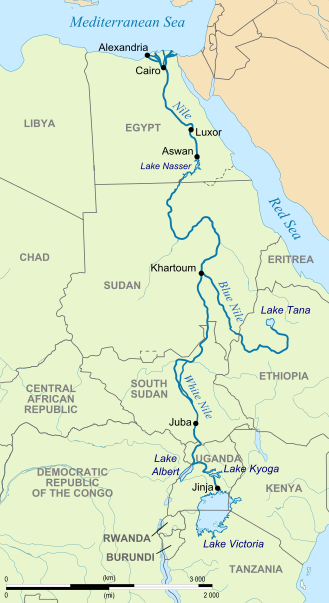poosc SIM – 03 Country
About
SIM – Country Political Geography is an Assignment where you unpack the term political geography and compare the geographies of three countries.
Estimated Time
An estimated 90 minutes is needed to complete this activity.
What is geography?
According to the CIA World FactbookLinks to an external site., geography “includes the entries dealing with the natural environment and the effects of human activity.” Next is a list of these entries:
Location
Geographic coordinates
Map references
Area
Land boundaries
Coastline
Maritime claims
Climate
Terrain
Elevation
Natural resources
Land use
- Irrigated land
- Population distribution
- Natural hazards
- Environment – current issues
- Environment – international agreements
- What is Political Geography?
- According to WikipediaLinks to an external site., “Political geography is concerned with the study of both the spatially uneven outcomes of political processes and the ways in which political processes are themselves affected by spatial structures. Conventionally, for the purposes of analysis, political geography adopts a three-scale structure with the study of the state at the center, the study of international relations (or geopolitics) above it, and the study of localities below it. The primary concerns of the subdiscipline can be summarized as the inter-relationships between people, state, and territory.”
- Why is geography and political geography important for Comparative Politics?
- Geography and political geography are important for comparative politics for at least three reasons.
- First, geography influences government, and government influences geography. The endogenous, or reciprocal, relationship between government and geography means political institutions, political processes, and behaviors of political actors are shaped by the geography of their country, and the geography of the region in which the country resides.
- For example, Ethiopia is an east African country with no history of European colonization. The headwaters (start of a river system) of the Blue Nile River are in Ethiopia. The Blue Nile River merges with the White Nile River and thereby creating the Nile River. The country is nearing completion and operation of the Grand Ethiopian Renaissance DamLinks to an external site. on the Blue Nile River. The need for electrical energy, and a stable water resource, has shaped the domestic politics of Ethiopia for generations. Now, with the dam project coming to fruition, politics in the country is changing, and the relationships Ethiopia has with its neighboring, and downstream, countries like Sudan and Egypt are changing as well.

- Figure 1: Map of north east Africa and the Nile River system
- Second, political geography helps us see the international, national, and subnational levels and interactions that countries are at the center of. For students who have completed an Introduction to International Relations course, the concepts of international politics, domestic politics, and subnational politics, are intertwined with the geography of a country and its neighbors. Thus, political geography requires us to think about how these different levels interact with geography itself.
- Third, comparative politics is about comparing a country with itself, or comparing two or more countries with each other. An often overlooked, yet meaningful dimension, is geography. When we seriously consider geography, we begin to make comparisons not just between governments, or economies, or societies, but the more general influences geography has on these aspects of countries.
- The broader concept is called environmental determinism. According to WikipediaLinks to an external site., “Environmental determinism (also known as climatic determinism or geographical determinism) is the study of how the physical environment predisposes societies and states towards particular development trajectories. Many scholars underscore that this approach supported colonialism and eurocentrism and devalued human agency in non-Western societies. Jared Diamond, Jeffrey Herbst, Ian Morris, and other social scientists sparked a revival of the theory during the late twentieth and early twenty-first centuries. This “neo-environmental determinism” school of thought examines how geographic and ecological forces influence state-building, economic development, and institutions.”
- Instructions
Step 1: Select two countries, which are different from the prior “Government” assignment, to learn about their “geography”
Go to One Page Summaries — The World Factbook – Central Intelligence Agency (cia.gov)Links to an external site.
Select two new and different countries that you want to learn more about
Step 2: Review the One Page Summary for the United StatesLinks to an external site.
Step 3: Explain each of the following comparisons in 3 or more sentences
Compare geography of country 1 to the United States
Compare geography of country 2 to the United States
Compare geography of country 1 to country 2
Step 4: Make a list of the four different countries you have compared so far
Collepals.com Plagiarism Free Papers
Are you looking for custom essay writing service or even dissertation writing services? Just request for our write my paper service, and we'll match you with the best essay writer in your subject! With an exceptional team of professional academic experts in a wide range of subjects, we can guarantee you an unrivaled quality of custom-written papers.
Get ZERO PLAGIARISM, HUMAN WRITTEN ESSAYS
Why Hire Collepals.com writers to do your paper?
Quality- We are experienced and have access to ample research materials.
We write plagiarism Free Content
Confidential- We never share or sell your personal information to third parties.
Support-Chat with us today! We are always waiting to answer all your questions.
